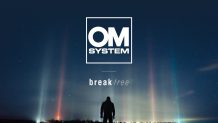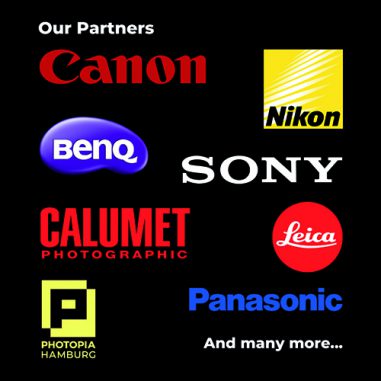According to a press release, Kodak has contacted its retail partners, and is working closely with them to ensure an orderly transition. The company will continue to honor all related product warranties, and provide technical support and service for its cameras, pocket video cameras and digital picture frames.
“For some time, Kodak’s strategy has been to improve margins in the capture device business by narrowing our participation in terms of product portfolio, geographies and retail outlets. Today’s announcement is the logical extension of that process, given our analysis of the industry trends,” said Pradeep Jotwani, President, Consumer Businesses, and Kodak Chief Marketing Officer.
Upon completion of the phase out, Kodak expects to achieve annual operating savings of more than $100 million. Kodak expects to incur a charge related to separation benefits of approximately $30 million resulting from the exit of the business.
In addition to its Consumer Businesses segment, Kodak operates a Commercial Businesses segment that includes the Digital and Functional Printing, Enterprise Services and Solutions, and Graphics, Entertainment and Commercial Films units. Kodak’s digital businesses now comprise approximately three-fourths of total revenues.
Kodak said it wants to maintain a strong position in the personal imaging market. While photos are increasingly taken on multi-function mobile devices, the company markets technologies that make it easy for consumers to produce a broad range of photo products, anywhere, anytime – from prints to photobooks, photo greeting cards and personalized calendars. These items can be made on Kodak products, at retail, at home, or ordered for delivery to home.
Kodak’s continuing consumer products and services will include:
– Retail-based photo kiosks and digital dry lab systems, a market in which Kodak is the clear worldwide leader. Kodak pioneered the retail-based kiosk market, and the company now has more than 100,000 kiosks and order stations for dry lab systems around the world, with some 30,000 of those units connected to the most popular social networks and photo-sharing sites.
– Consumer inkjet printers, where Kodak has outpaced overall market growth for several years. Consumers can send documents and photos to Kodak printers from anywhere, using any web-connected device.
– Kodak apps for Facebook, which make it easy for consumers to obtain photo products using photos from their Facebook albums.
– Kodak Gallery, an online digital photo products service that enables consumers to share their photos, and offers product and creation tools that enable people to do more with their photos.
– The Kodak camera accessories and batteries businesses. These products are universally compatible with all camera brands, and extend into other consumer product segments such as charging units for smartphones.
– The traditional film capture and photographic paper business, which continues to provide high-quality and innovative products and solutions to consumers, photographers, retailers, photofinishers and professional labs.






